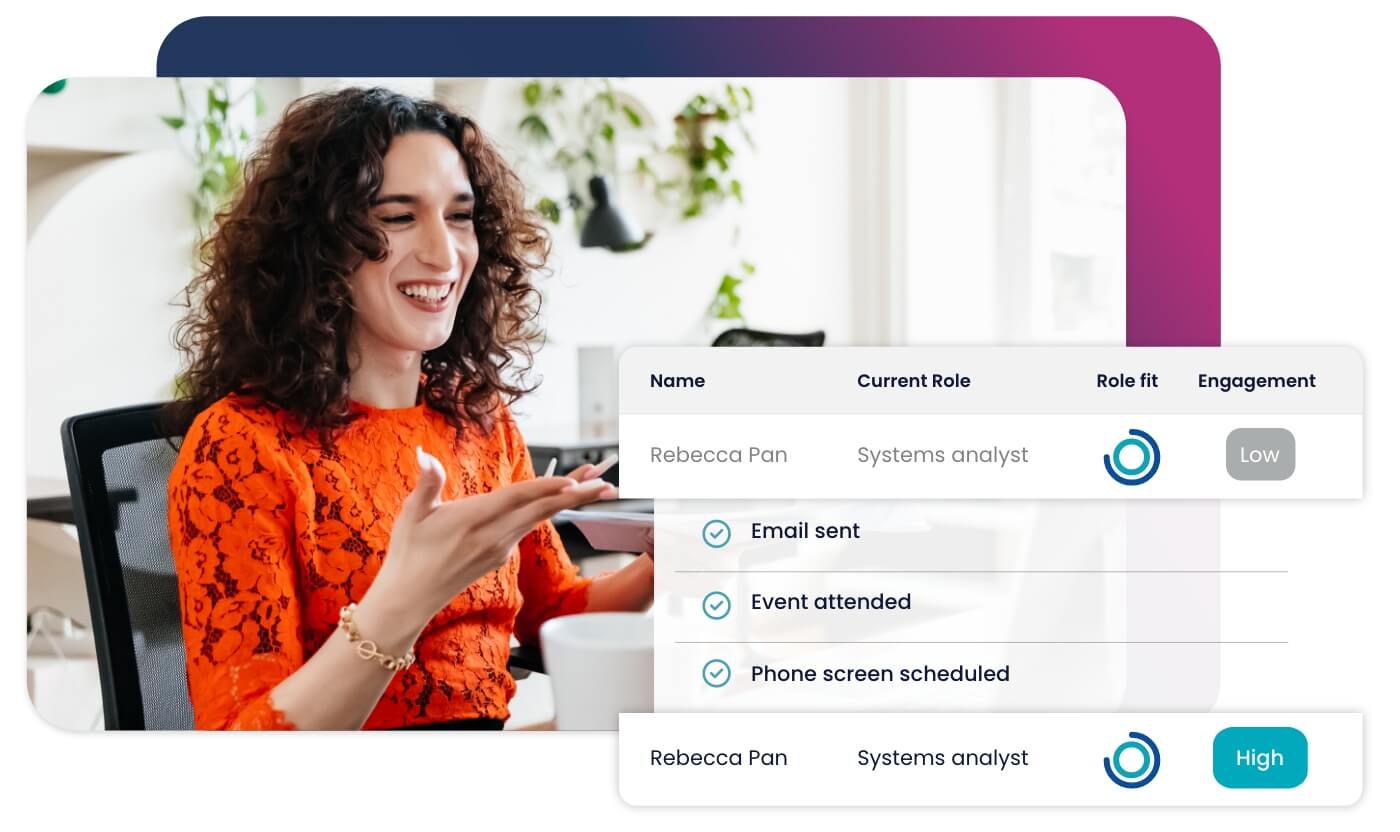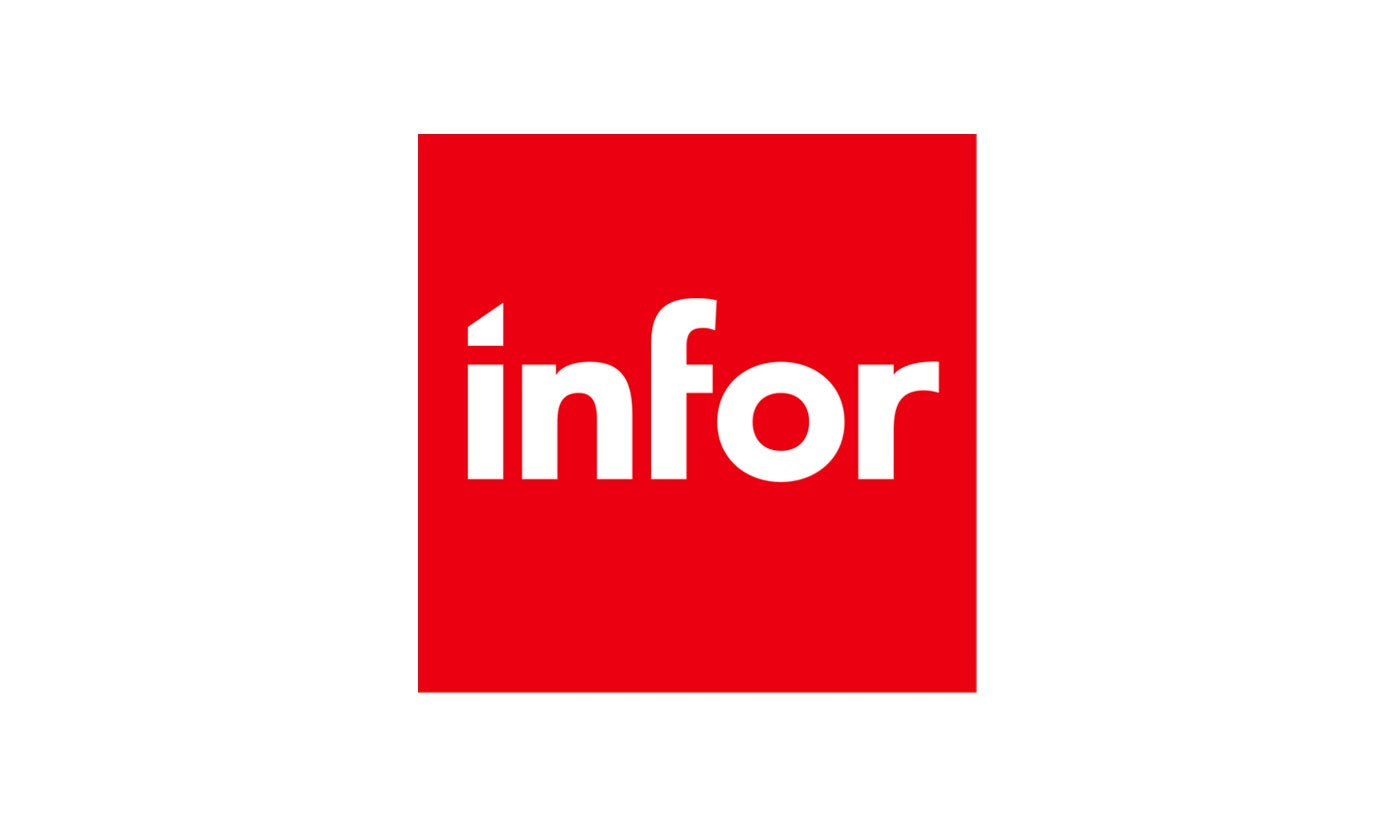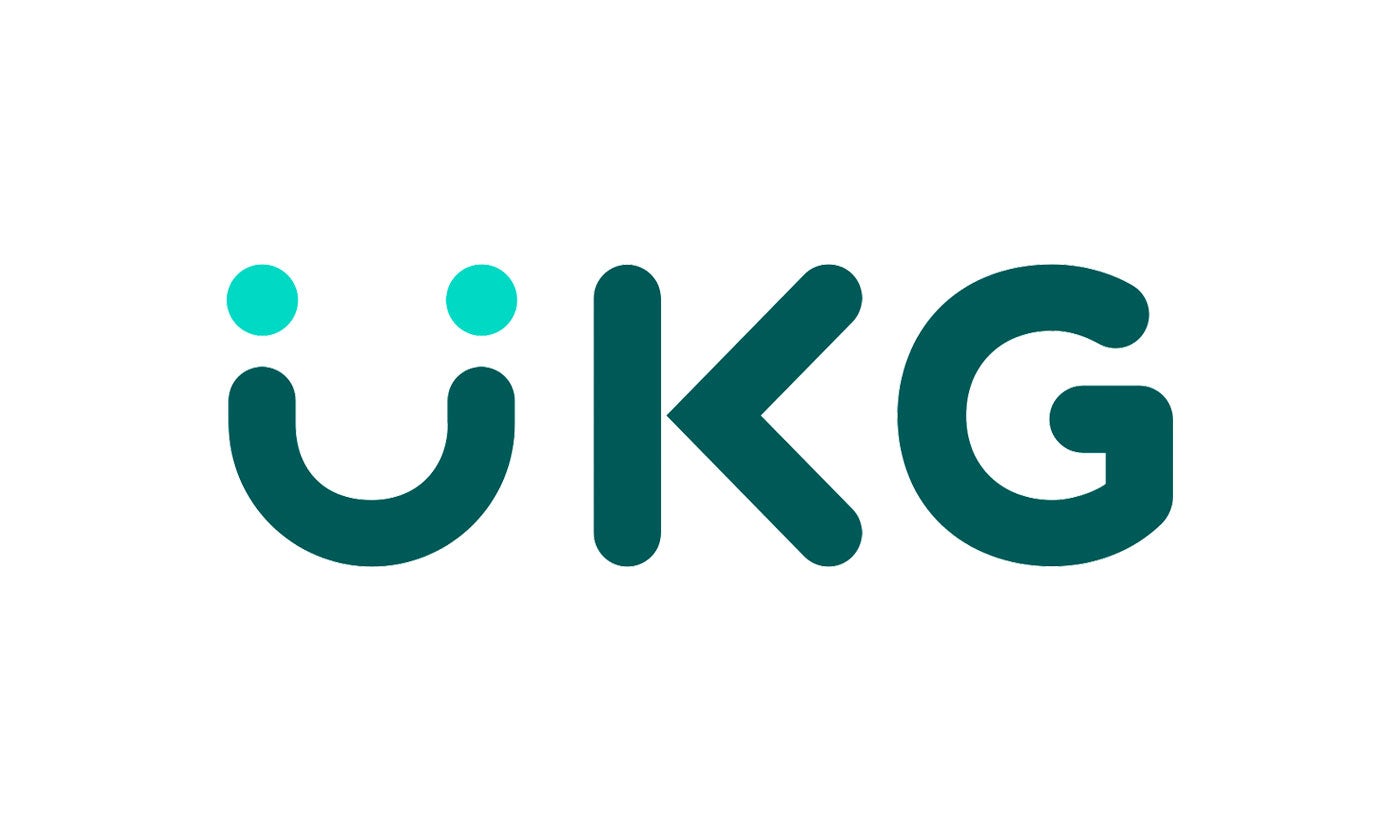





Accelerate hiring key talent to deliver care and exceed patient satisfaction.

Attract skilled candidates, speed up hiring and grow expertise in your workforce.

Simplify recruiting finance and banking talent with a platform for hard-to-fill roles.


Build a talent pipeline that engages and drives your business forward.


See how diverse and global enterprises use iCIMS to employ millions, drive innovation and connect communities worldwide.

Learn how a beloved restaurant hires 40,000+ annually with a great candidate experience.
Uncover unique market insights, explore best practices and gain access to talent experts across our library of content.


View press releases, media coverage, the latest hiring data and see what analysts are saying about iCIMS.


Streamline your tech stack and take advantage of a better user experience and stronger data governance with ADP and iCIMS.

The combined power of iCIMS and Infor helps organizations strategically align their business and talent objectives.

Our award-winning partnership with Microsoft is grounded in a shared desire to transform the workplace and the hiring team experience.

Our partnership with Ultimate Kronos Group (UKG) supports the entire talent lifecycle by bringing frictionless recruiting solutions to UKG Pro Onboarding.

Despite making up half of the workforce, women represent just 25% of all tech hires.
Let’s be clear: women have a good shot at getting hired. In fact, they’re 16% more likely than men to be hired after applying to a job. One major problem is women apply at far lower rates.
Women make up only 26% of tech applicants – we won’t come anywhere near close to hiring parity until men and women are applying in roughly equal numbers.
Here are some more sobering numbers:
Each of us has an opportunity to inspire change in our workforce and create a more inclusive future for the next generation. While there’s no silver bullet, here are five simple ways you can ignite change in your workplace:
1. Choose your words wisely. Review existing job postings for gender-specific terminology. Rethink words like “strong”, “proven,” or “analytical,” which are largely considered masculine language. Strip out industry jargon as well, which may discourage women coming from other industries. Going forward, ensure both male and female colleagues write job descriptions collaboratively. Here’s a deeper dive into recruitment marketing for specific roles.
2. Keep job requirements simple. Women aren’t less qualified for tech roles, but they do rule themselves out at higher rates. According to the Harvard Business Review, women are unlikely to apply for a position unless they meet 100% of the requirements.
Men are less dissuaded by requirements and will typically apply if they meet only 60% of listed criteria. Knowing this, avoid deterring female applicants by making your requirements a wish list. Include only what’s truly needed for a role and be clear as to what’s vital versus nice to have.
3. Invest in your talent. Once you’ve hired the right candidate, invest in her potential. Offer onsite or virtual training that focuses on in-demand tech skills. Whether it’s taught by in-house staff or it’s outsourced, additional training builds up your existing talent and encourages them to take on new responsibilities.
4. Leverage your employees’ networks. There is no better way to connect with candidates than through your existing employees. In addition to your regular employee referral program, create a female-led advocacy group that’s dedicated to recruiting other women in tech. Incentivize your employees with things like extra PTO, team activities, or work-from-home days.
5. Remember to celebrate. Recognize those who exemplify inclusivity in your workplace. Call out managers and individual contributors alike who embody your welcoming company culture. Spotlight them on your social media accounts as well as your internal communication channels.
Looking for more ways to promote inclusivity and diversify your workforce? You might also like: Are You Camera-Ready? Video Interviewing is the Future of Diversity Recruitment.
*iCIMS’ system data is drawn from a database of more than 75 million applications and 3 million jobs posted per year by more than 4,000 customers. The company’s customers represent a broad swath of the U.S. economy, with expansive geographic, industrial, and occupational representation. The data represented here draws from the 2019 calendar year.





